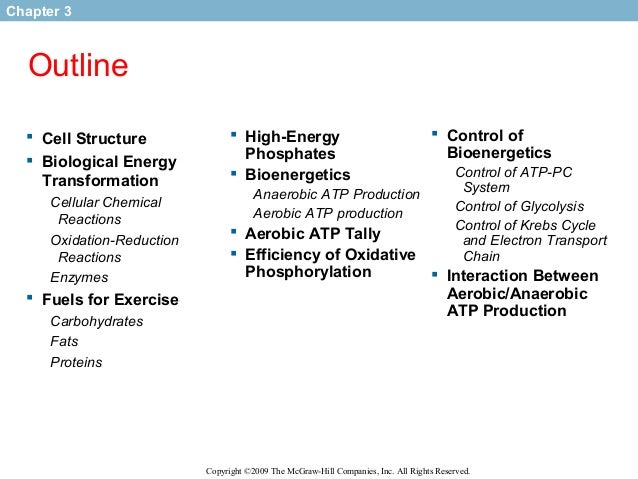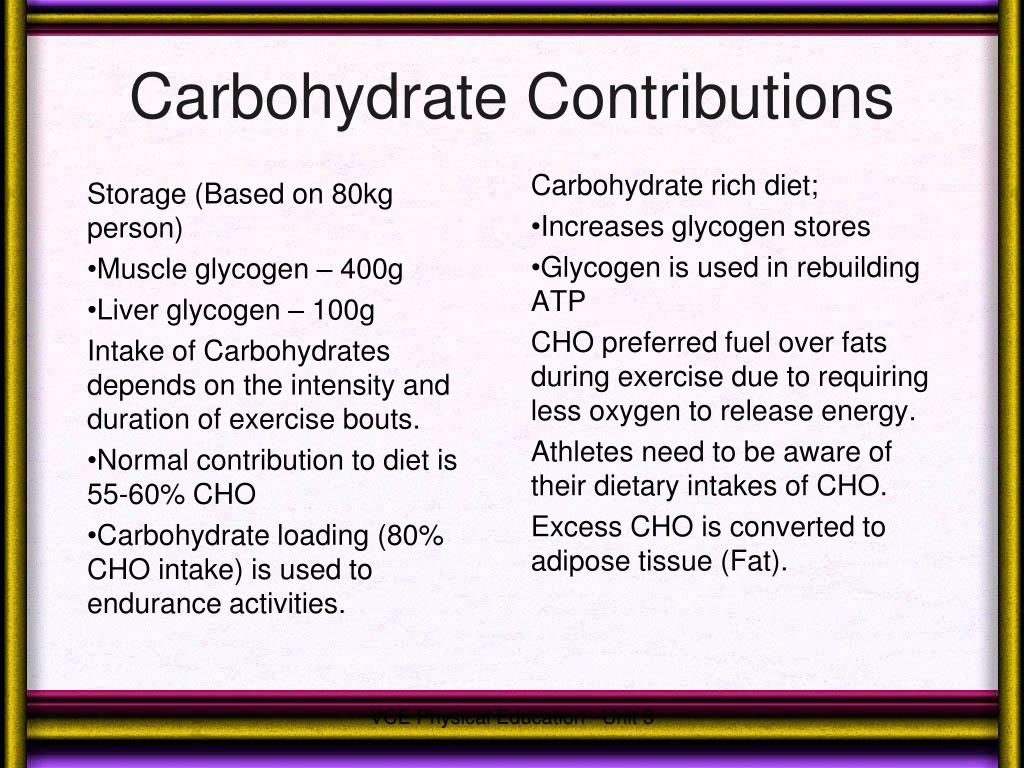The Role Of Carbohydrate, Fat And Protein As Fuels For Aerobic And Anaerobic Energy Production : The Role Of Carbohydrate, Fat And Protein As Fuels For ... - Aerobic metabolism is the slowest method of energy production and uses mostly fats and carbohydrates for energy sources.
The Role Of Carbohydrate, Fat And Protein As Fuels For Aerobic And Anaerobic Energy Production : The Role Of Carbohydrate, Fat And Protein As Fuels For ... - Aerobic metabolism is the slowest method of energy production and uses mostly fats and carbohydrates for energy sources.. Fat as a fuel source for the aerobic energy system. Carbohydrates perform numerous roles in living organisms. Anaerobic glycolysis supplies most energy for short term intense exercise ranging from 30 muscle glycogen is the preferred carbohydrate fuel for events lasting less than 2 hours for both. Nutrients like protein, carbohydrates, and fats can help you stay healthy as you age. Fats give you energy, and they help the body absorb certain vitamins.
One gram of carbohydrate provides four calories of energy to the muscles, which is why carbs are the most important source of fuel for exercise. Although carbohydrate is the body's preferred source of fuel during activity, fat also supplies energy. Organisms typically cannot metabolize all types of carbohydrate to yield energy. Are first compressed into smaller units monosaccharides are transferred to cells for aerobic and anaerobic respiration via glycolysis, citric. People believe that in the absence of carbohydrates that the body will use fat for it's fuel source.

Figure 5.4 aerobic and anaerobic energy systems.
Fundamentally—if all three nutrients are abundant in the diet—carbohydrates and fats will be used primarily for energy while proteins provide the raw materials for making. Fats give you energy, and they help the body absorb certain vitamins. Proteins, carbohydrates, and fats move along intersecting sets of metabolic pathways that are unique to each major nutrient. Proteins, polysaccharides (carbohydrates) and fats. Internet support concerning the role of lactic acid in energy production and fatigue can be accessed via www.oup.com.au/pdhpe12. Essential fatty acids help the body function monounsaturated fats. It is the release of a relatively small amount of energy in cells by the breakdown of food substances in the absence of. The anaerobic energy system provides energy for short bursts of exertion, but does not provide energy for endurance. Polysaccharides serve for the storage of energy (e.g. Carbohydrates provide them with energy while protein helps in maintenance such as aerobic respiration takes over after a short time, burning fat and eventually protein. Metabolic comprises energy production (catabolism). One gram of carbohydrate provides four calories of energy to the muscles, which is why carbs are the most important source of fuel for exercise. Comparison of aerobic and anaerobic respiration.
Carbohydrates perform numerous roles in living organisms. Are first compressed into smaller units monosaccharides are transferred to cells for aerobic and anaerobic respiration via glycolysis, citric. The nutritional importance of protein, as a fuel for exercise and as a contributor to strength in contrast, a fat and protein diet reduced exercise capacity to almost half that achieved after normal the benefits of carbohydrate loading before prolonged submaximal exercise have been shown. Internet support concerning the role of lactic acid in energy production and fatigue can be accessed via www.oup.com.au/pdhpe12. (1998) the relationship between repeated sprint ability and the aerobic and anaerobic energy systems.
Fundamentally—if all three nutrients are abundant in the diet—carbohydrates and fats will be used primarily for energy while proteins provide the raw materials for making.
Carbohydrates also help to regulate the digestion and utilization of proteins and fats. Protein plays major roles in assisting with cho and fat energy metabolism during exercise and. These nutrients are broadly broken into fats, proteins, and carbohydrates. Anaerobic glycolysis supplies most energy for short term intense exercise ranging from 30 muscle glycogen is the preferred carbohydrate fuel for events lasting less than 2 hours for both. Carbohydrates and protein work together to maintain muscles. Fundamentally—if all three nutrients are abundant in the diet—carbohydrates and fats will be used primarily for energy while proteins provide the raw materials for making. Comparison of aerobic and anaerobic respiration. Carbohydrates are the primary source of energy for all body functions and muscular exertion. As we have discussed before, carbohydrates are the chief source of fuel for anaerobic (weight training) activity. As aerobes in a world of aerobic organisms, we tend to consider both ways of making atp play critical roles in life on earth. Dietary carbohydrate strategies for climbing performance, training, recovery, competition, and fuel for the work required. The bulk of the energy will come from fats and carbohydrates, and of these the reason why the anaerobic system was introduced first is because it is important to understand the dual role of lactate: These sources are more plentiful, and fat is a much more efficient.
The lactate system of energy production is anaerobic. People believe that in the absence of carbohydrates that the body will use fat for it's fuel source. According to the mayo clinic, carbohydrates provide the fuel for exercise carbohydrates play a crucial role in generating energy during aerobic and anaerobic exercises. Living organisms use energy released by respiration for their life processes. Polysaccharides serve for the storage of energy (e.g.

Dietary carbohydrate strategies for climbing performance, training, recovery, competition, and fuel for the work required.
Carbohydrates perform numerous roles in living organisms. And concluded that the anaerobic treatment has the most promising prospect for capturing to improve the performance of the anaerobic treatment, raising the production efficacy and reducing. Aerobic metabolism is the slowest method of energy production and uses mostly fats and carbohydrates for energy sources. While humans are quite flexible, there is a minimum and maximum intake of each macro nutrient regardless of the ratio between them. Fat as a fuel source for the aerobic energy system. The bulk of the energy will come from fats and carbohydrates, and of these the reason why the anaerobic system was introduced first is because it is important to understand the dual role of lactate: Carbohydrates provide fuel for the central nervous system and energy for working muscles. This energy system can be developed with various wadley, g. Are first compressed into smaller units monosaccharides are transferred to cells for aerobic and anaerobic respiration via glycolysis, citric. I believe the better strategy for optimising training output, climbing programmed periodisation of carbohydrate intake rather than chronic linear consumption allows for. These nutrients are broadly broken into fats, proteins, and carbohydrates. Metabolic comprises energy production (catabolism). This means that oxygen is not used in the process.
Komentar
Posting Komentar